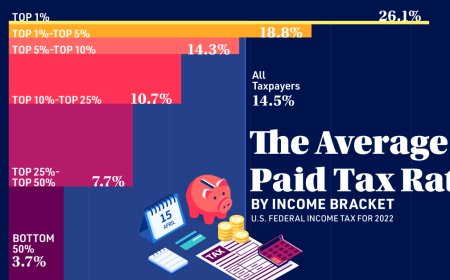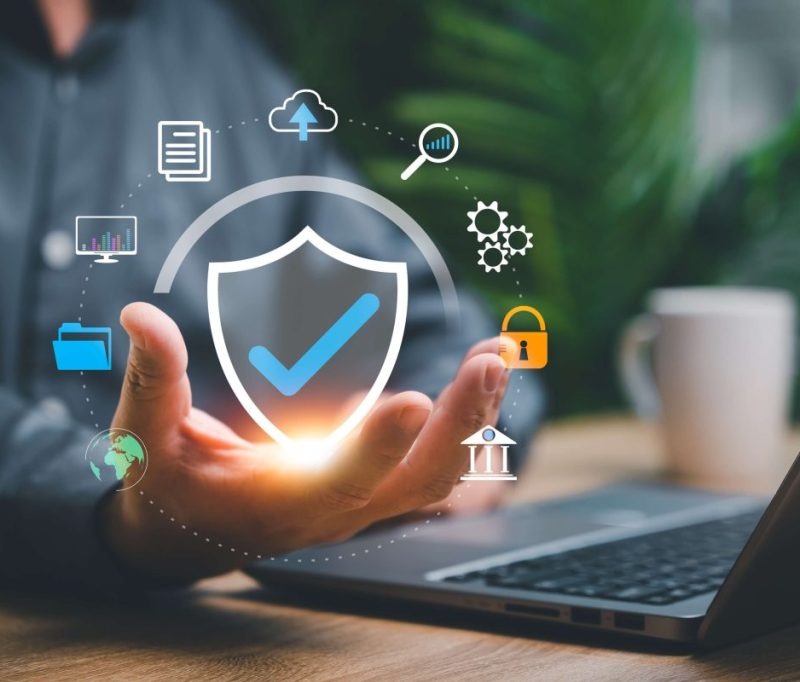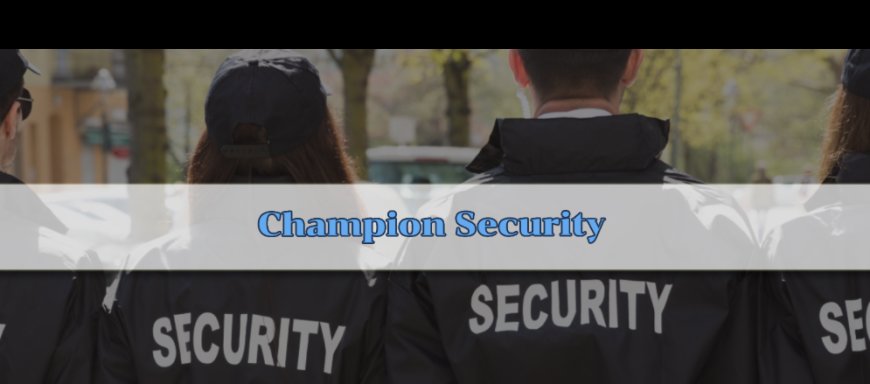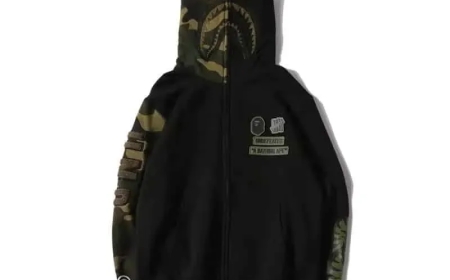Briansclub Exposed: Uncovering the Web’s Most Notorious Carding Empire
Explore how Briansclub became one of the dark web's most powerful carding platforms, selling millions of stolen credit cards.
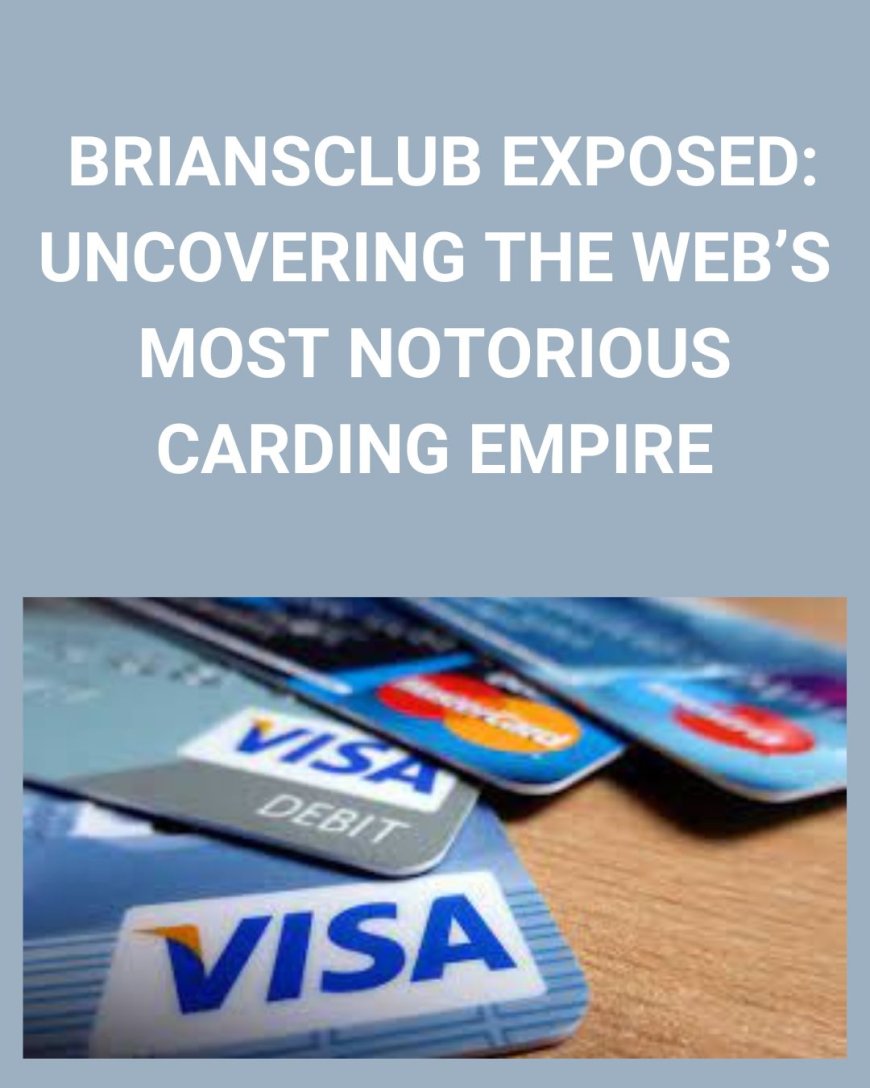
In the shadows of the internet lies an ecosystem of digital crime that most people never see. Among these hidden networks, Briansclub rose to prominence as one of the most effective and damaging underground markets dealing in stolen credit card data. For years, it operated quietly, earning millions from cybercriminals across the globeuntil a data leak brought everything into the light.
This article explores the operational secrets of Briansclub, the reasons behind its massive data breach, and the ongoing impact it has had on cybersecurity awareness and online safety.
What Was Briansclub, and How Did It Work?
Briansclub was a sophisticated carding marketplace hosted on the dark web. Unlike amateur forums or scam sites, Briansclub operated like a professional online businesswith features like
-
Card listings categorized by country, bank, card type, and expiry date
-
Secure logins and dashboards for registered users
-
Bitcoin payments to preserve anonymity
-
24/7 customer service for buyers
It allowed users to purchase stolen credit card data, often referred to as dumps (physical card info) or CVVs (card data for online use). Many buyers then used this information for fraudulent purchases or to create cloned cards.
The Source of the Data
The millions of card records listed on Briansclub werent stolen by a single hacker. The site functioned as an aggregator of stolen data sourced through:
-
Retail point-of-sale (POS) malware
-
Skimming devices installed on ATMs and fuel stations
-
Corporate data breaches targeting financial institutions
-
Phishing campaigns aimed at tricking users
Sellers uploaded the stolen card information in bulk, and Briansclub acted as the digital storefront through which these criminals made profits.
Bitcoin: The Currency of Cybercrime
One of Briansclubs biggest enablers was cryptocurrencyprimarily Bitcoin. The platform only accepted crypto, which allowed users to:
-
Bypass traditional banking systems
-
Remain anonymous
-
Avoid transaction monitoring by regulators
To further mask their transactions, many used crypto mixers and tumblers to scramble the trail, making it almost impossible for law enforcement to track.
The 2019 Leak That Brought Briansclub Down
In a dramatic twist, the very people who trafficked in stolen data became victims of a massive breach. In 2019, more than 26 million stolen credit card records from Briansclub were leaked and shared with cybersecurity researcher Brian Krebs.
The leak exposed:
-
Millions of compromised cardholder records
-
Transaction logs and payment details
-
User accounts and seller profiles
-
Insights into pricing, inventory, and platform operations
This exposure was a rare glimpse into the scale of cybercrime on the dark web and helped authorities act quickly to deactivate compromised cards and strengthen fraud detection.
Financial Institutions Respond
After the leak, banks and credit card companies took swift action to:
-
Cancel and reissue affected cards
-
Alert cardholders about suspicious activity
-
Improve fraud monitoring tools
-
Collaborate with cybersecurity firms and law enforcement
While some cards had already been used fraudulently, many were protected before further damage could be donethanks to the leak.
What Briansclub Taught the Cybersecurity Community
Briansclub didnt just sell stolen datait redefined how organized cybercrime could be. It taught the cybersecurity world that:
-
Criminals can operate with the same efficiency as legit businesses
-
Cryptocurrency provides powerful anonymity tools
-
Large-scale leaks can offer rare insights into illegal operations
-
Cybercriminals are constantly evolving their tactics
These insights have been vital in shaping how cybersecurity is approached in 2025 and beyond.
How Consumers Can Stay Protected
Even if Briansclub has been taken down, the threat of carding isnt over. Heres how you can stay protected:
-
Use strong and unique passwords across all online accounts
-
Enable two-factor authentication (2FA) wherever possible
-
Check bank and credit card statements regularly
-
Avoid clicking suspicious links or sharing information online
-
Use virtual cards or card-masking services for online purchases
Your data is valuable. Dont leave it unguarded.
What Businesses Must Learn
Many of the compromised records sold on Briansclub were stolen during corporate data breaches. Companies have a moral and legal duty to protect customer data.
Some best practices include:
-
Encrypting sensitive data at rest and in transit
-
Regular vulnerability assessments and penetration testing
-
Educating employees about phishing and social engineering
-
Limiting system access based on roles
-
Establishing a data breach response plan
Cybersecurity isnt just an IT issueits a business survival issue.
Are Sites Like Briansclub Still Active?
Though Briansclub was dismantled, its model lives on. Similar platforms now operate more secretly:
-
Encrypted apps like Telegram are used for coordination
-
Marketplaces are invitation-only with no centralized inventory
-
Cryptocurrencies like Monero are favored for their privacy features
This cat-and-mouse game between criminals and cybersecurity professionals continuesand will for the foreseeable future.
Conclusion
Briansclub was more than just a dark web storeit was a wake-up call to the world about how deeply embedded cybercrime has become. Its downfall offered a rare opportunity to strengthen digital defenses and rethink how we handle personal and financial information.
Whether youre a consumer shopping online or a business managing sensitive customer data, the lessons from Briansclub are clear: take cybersecurity seriously, or risk becoming the next headline.













